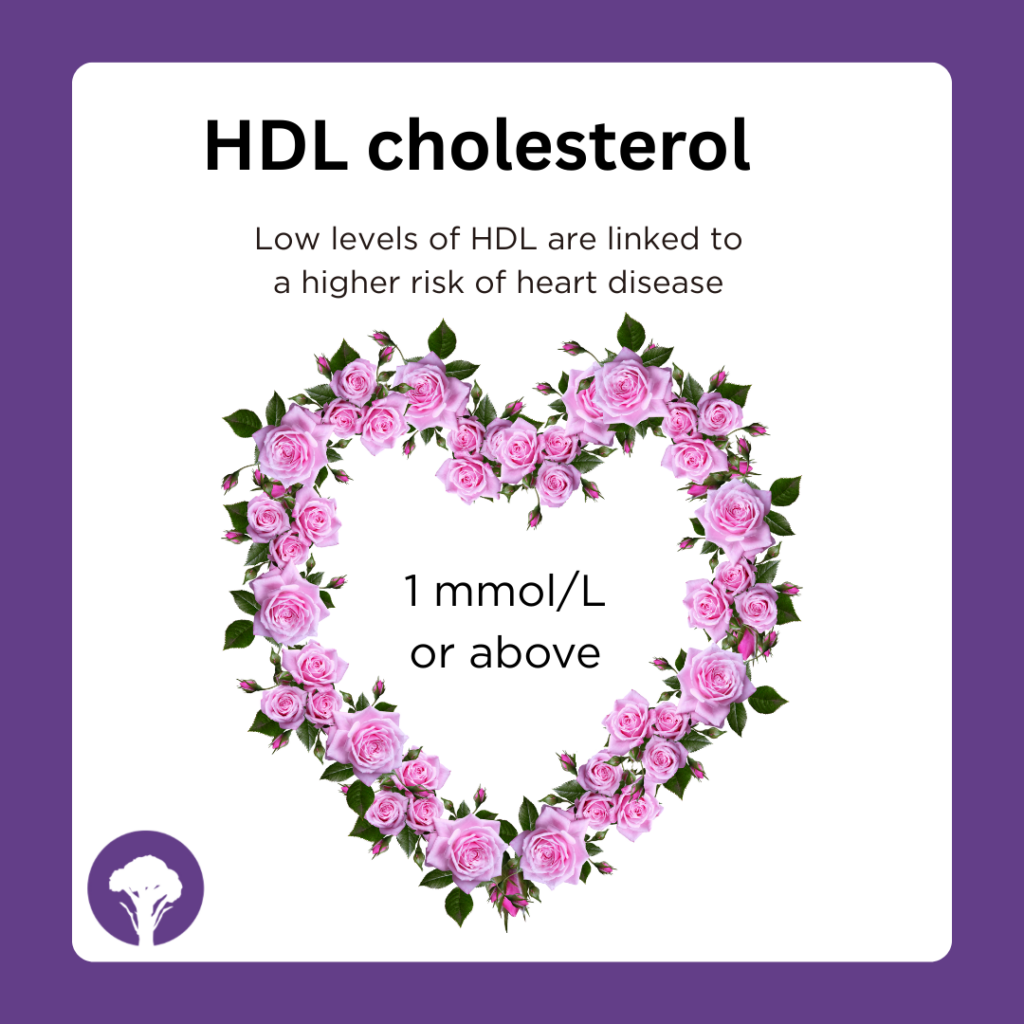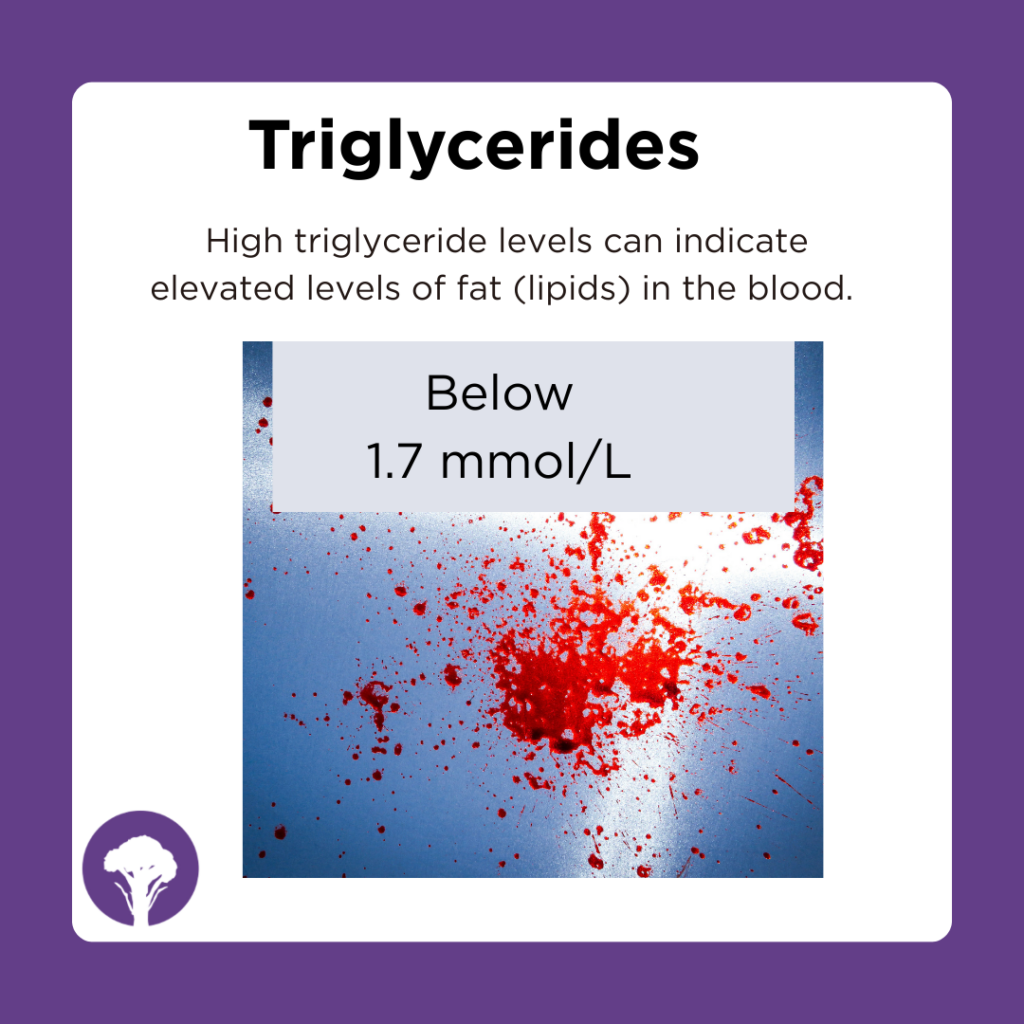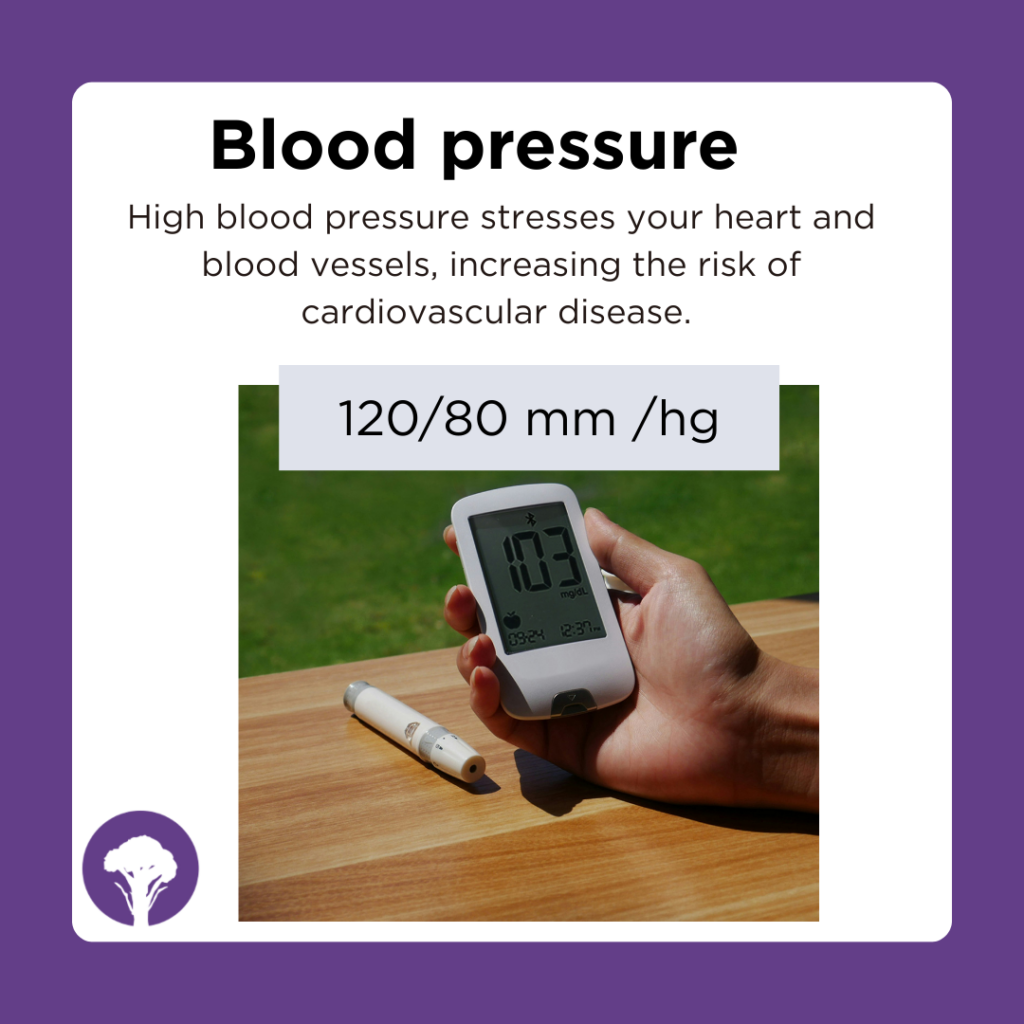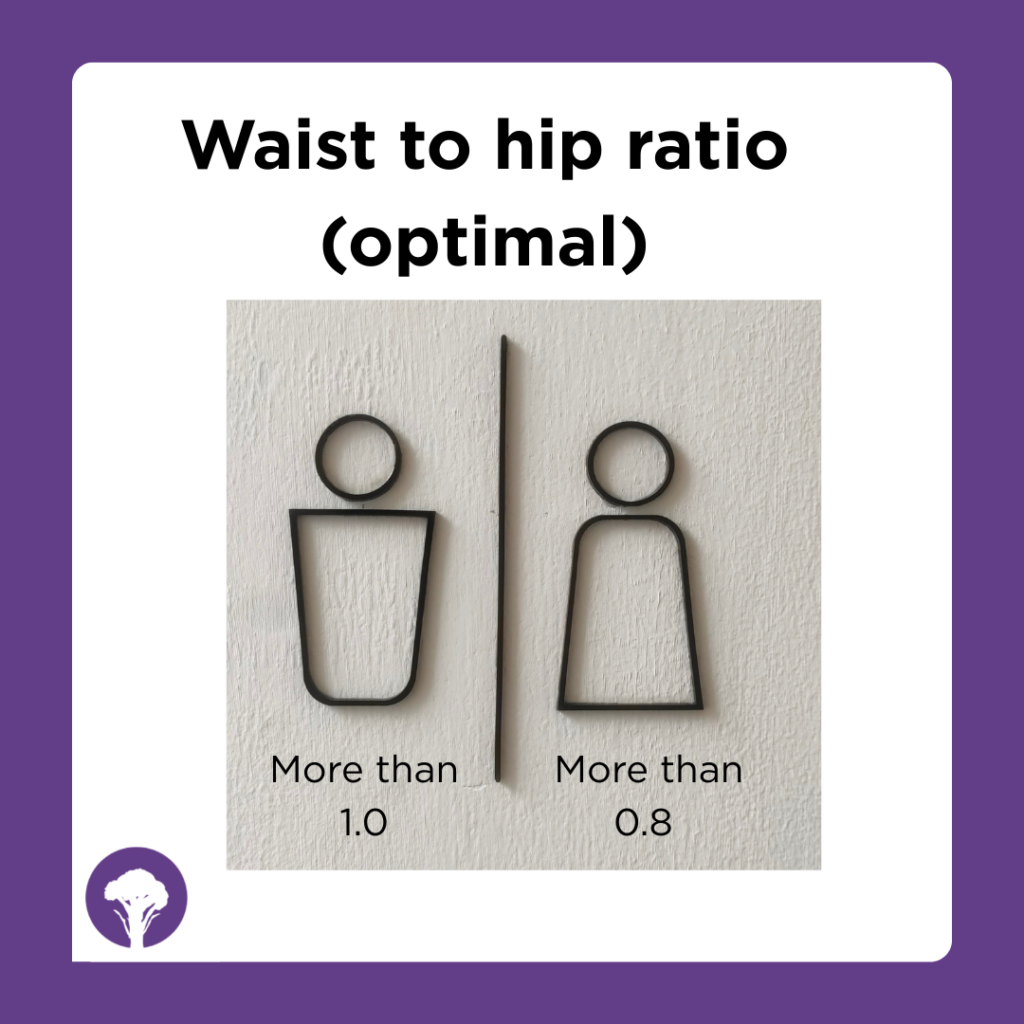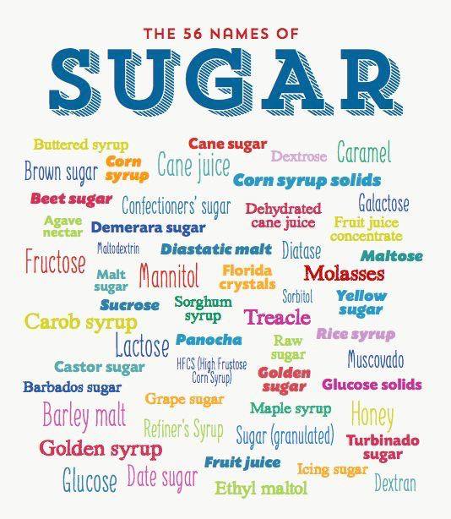What does a 'Nutritional therapist' do?
What Does a Nutritional Therapist Do?
Have you been dealing with ongoing symptoms and feel like no one’s joining the dots? Maybe you’ve tried diets, supplements, or read endless articles online, yet nothing seems to stick. If this sounds familiar, you might be wondering if a nutritional therapist what could help.
With growing public interest in functional medicine and personalised, preventative care, nutritional therapy is gaining interest. There’s still confusion about the role, who is qualified, and how it differs from general nutrition advice. This blog explains it all.
Nutritional Therapists Offer Personalised, Evidence-Based Health Support
A nutritional therapist applies the science of nutrition and lifestyle medicine to support individuals with a wide range of health concerns. This can include digestive problems, fatigue, hormonal imbalances, immune issues, and more.
They work in a one-to-one setting, assessing each client’s health history, symptoms, diet, lifestyle, and environment to identify potential imbalances. Then they create a tailored plan that supports the body’s ability to heal and function at its best.
Nutritional therapy is:
- Personalised – considering your unique biology, history, and lifestyle
- Science-informed – based on the latest research in nutrition, epigenetics, and systems biology
- Holistic – looking at the whole person, not isolated symptoms
The aim is not to diagnose or replace medical care, but to complement it with targeted nutritional and lifestyle recommendations.
What a Nutritional Therapy Consultation Looks Like
A consultation with a Registered Nutritional Therapist typically involves:
- Detailed case history – exploring symptoms, medical history, family history, diet, lifestyle, and environment
- Analysis of diet and nutrition status – sometimes supported by laboratory testing
- Individualised plan – including food, supplementation, lifestyle changes, and referrals if needed
- Follow-up support – adjusting the plan over time based on response and progress
This process helps the therapist and client build a picture of how different factors may be contributing to the client’s health status and how to support improvement in a structured, measurable way.

